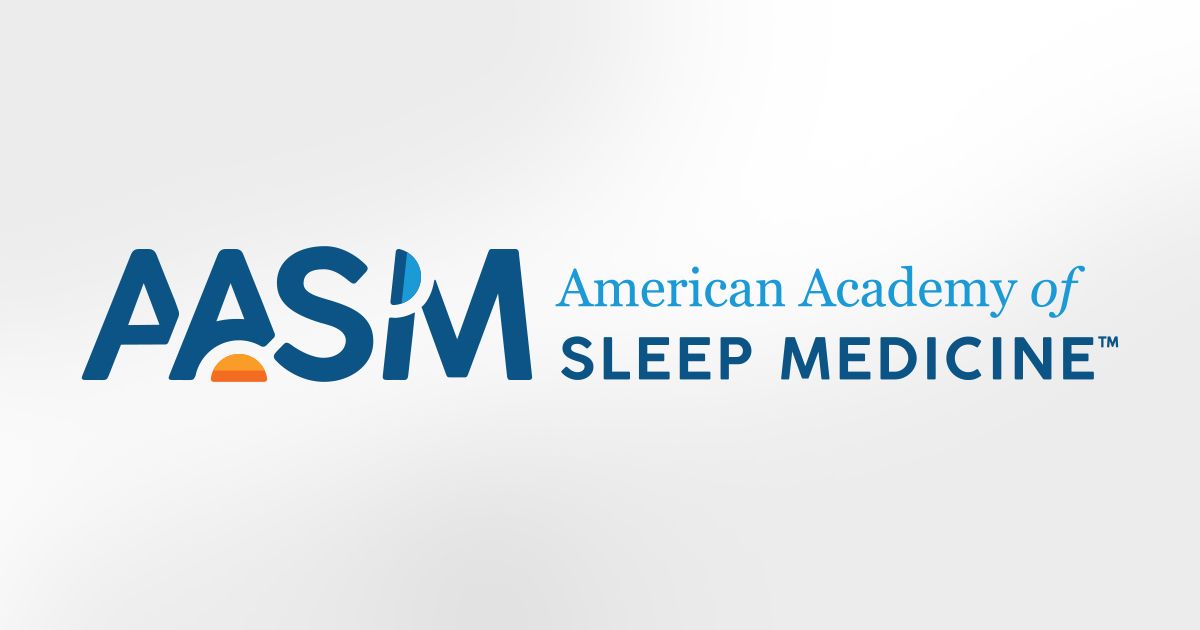New American Academy of Sleep Medicine Report Emphasizes Importance of Sleep Health
The report provides a comprehensive evaluation of the symptoms, risk factors, and prevalence of OSA, while also offering resources for healthcare providers and patients.

A new report from the American Academy of Sleep Medicine (AASM) underscores the importance of timely sleep apnea diagnosis and treatment. The AASM’s Count on Sleep partnership, a collaboration between several professional and patient-facing organizations, the national indicator report for obstructive sleep apnea (OSA) was released through a grant from the Centers for Disease Control and Prevention’s (CDC) Chronic Disease Prevention and Health Promotion.
The report provides a comprehensive evaluation of the symptoms, risk factors, and prevalence of OSA, while also offering resources for healthcare providers and patients.
“Through this report, we can increase awareness of obstructive sleep apnea with patients, health workers, public health officials, regulators, and others to spur prompt diagnosis and management, allowing patients to reap the many benefits of treatment,” said Indira Gurubhagavatula, MD, MPH, chair of the project’s Tool Development and Surveillance Workgroup. “Benefits of treatment include improved daytime alertness, cardiovascular health, performance at home and at work, and quality of life.”
OSA affects nearly 30 million Americans, and an estimated 30% of cases are undiagnosed, according to a press statement from the AASM. Untreated OSA is linked to serious health problems, including cardiovascular disease, stroke, diabetes, and depression. It can also lead to significant costs—about 23.5 million cases of undiagnosed OSA in the US costs roughly $149.6 billion annually, largely due to great healthcare utilization, increased vehicular and workplace accidents, and reduced productivity.
Despite the severity of untreated and undiagnosed OSA, there remain several obstacles to receiving a diagnosis or treatment. Such factors include a lack of awareness among the public and among healthcare workers. The goal of this initiative is to create conversations between healthcare professionals and patients about their sleep health, the AASM’s statement read. Healthcare professionals should be aware of and recognize the signs and symptoms of sleep apnea.
Resources for the public and healthcare workers are available on the Count on Sleep website.